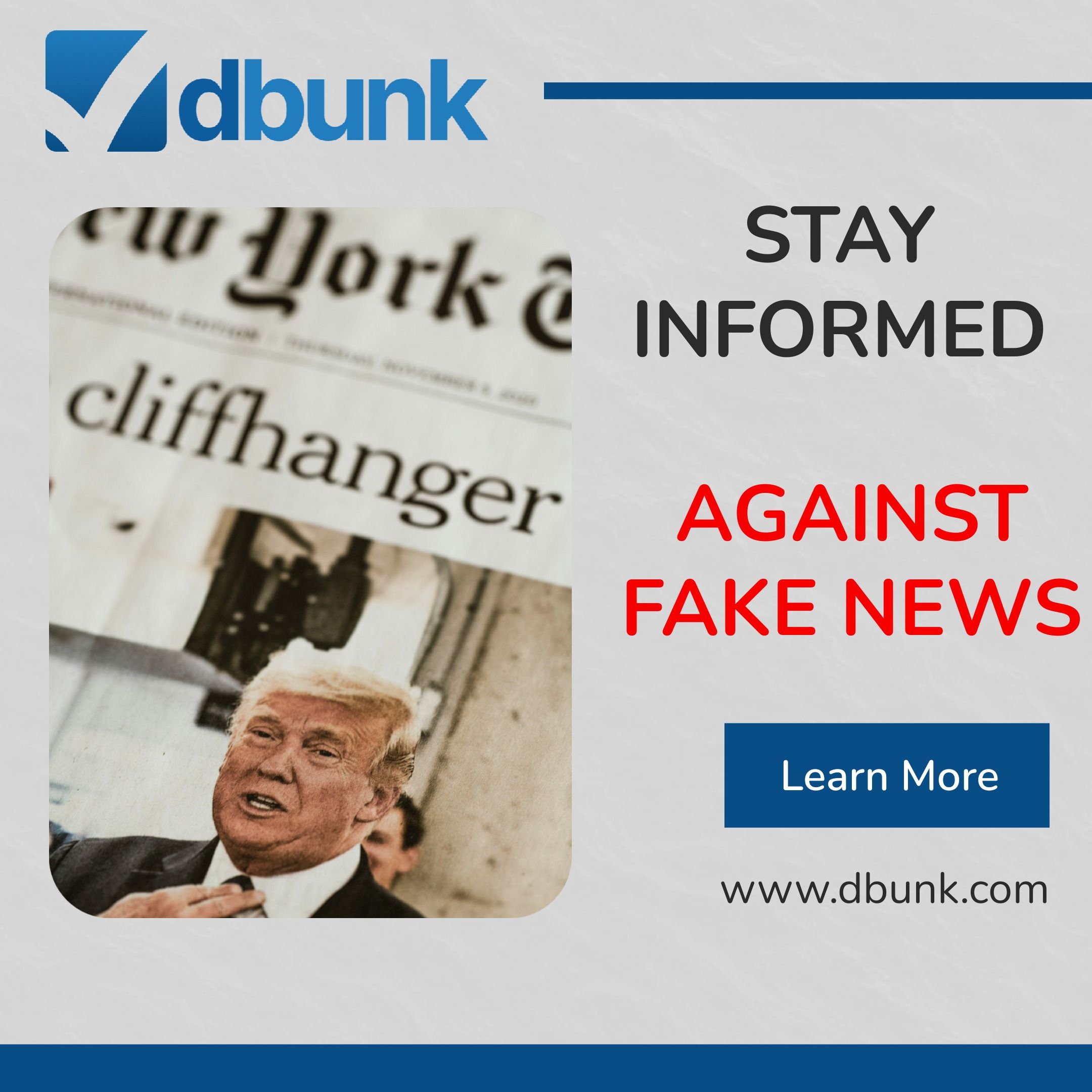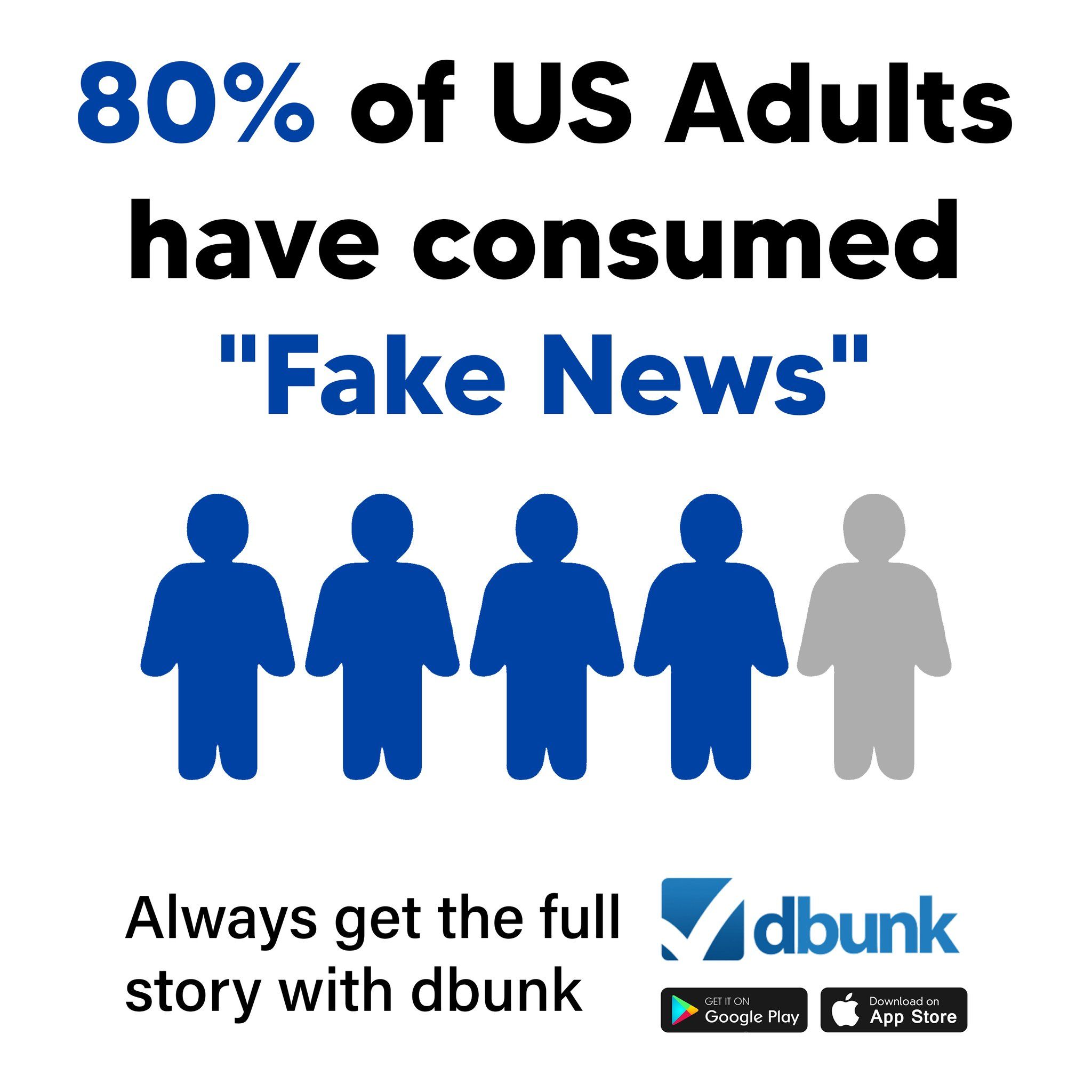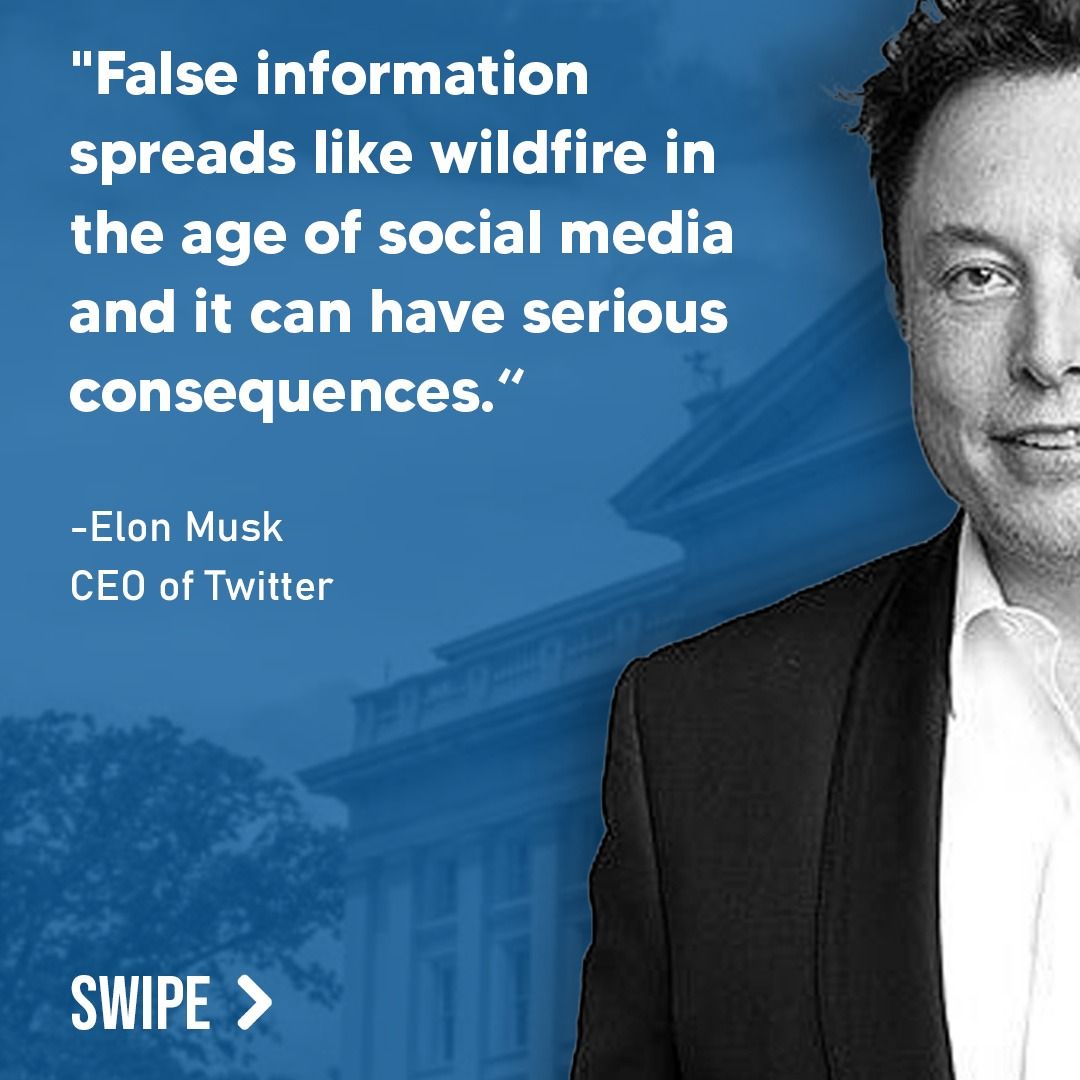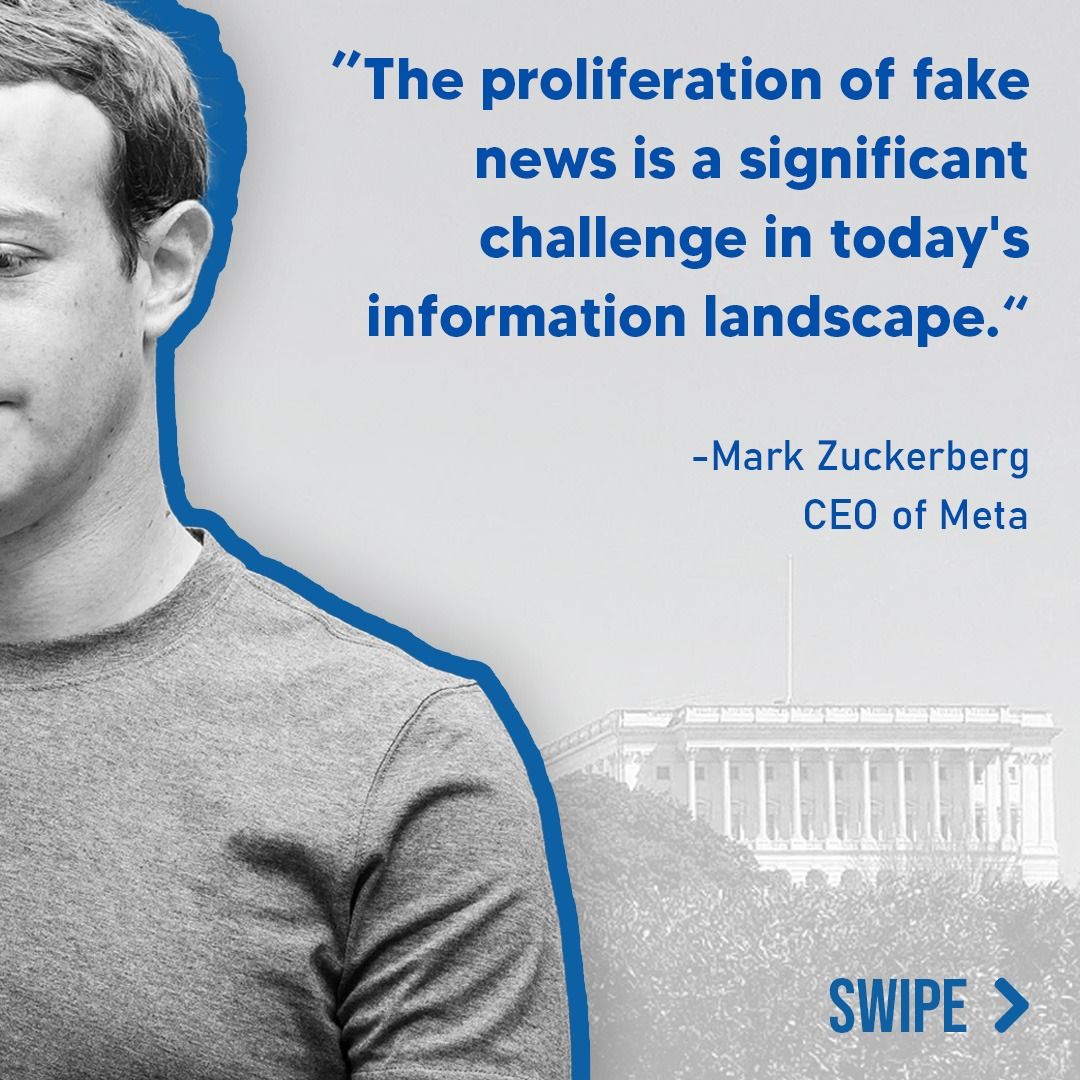
April Inflation Report Triggers Economic Claims — But Are They Accurate?
The recent CNBC article reporting April’s Consumer Price Index (CPI) figures drew attention not just for its economic data but also because of the user-submitted question: Is the lower inflation rate due to economic policies implemented by former President Donald Trump? In this fact-check, we dive into the key claims, separate what’s factual from what may be misleading or speculative, and provide the full context necessary for evaluating the article’s conclusions and its broader economic implications.

Understanding the Economic Context Behind April’s CPI
Inflation in the U.S. has been a central economic concern for years, especially after the COVID-19 pandemic unleashed supply chain breakdowns and stimulus-fueled demand. In 2022, inflation soared, prompting aggressive interest rate hikes from the Federal Reserve. By 2025, inflation had gradually cooled, though volatility remained a concern. The April 2025 reading of 2.3% marks a notable dip — the lowest since 2021 — but many variables are at play, including global economic pressures, energy market shifts, labor trends, and policy decisions from both the Biden and Trump administrations. Understanding what actually influences inflation requires more than singling out tariffs or presidential leadership alone.
Claim #1: “Inflation was slightly lower than expected in April as President Donald Trump’s tariffs just began hitting the slowing U.S. economy.”
This statement links the lower-than-expected inflation rate directly to Trump’s recent tariffs. While tariffs typically raise consumer prices in the short term, the April 2025 CPI report shows no evident price surge from tariffs yet. As quoted from Navy Federal Credit Union economist Robert Frick: “Perhaps some importers have absorbed their tariff costs for now.” This implies tariffs haven’t fully translated into consumer prices. Nomura economist Aichi Amemiya also supports this, saying, “There was no sign of the tariff impact in the April CPI.” Tariffs are more likely to raise inflation once fully implemented and passed through supply chains, but there’s insufficient evidence to confirm they are currently lowering inflation. Instead, fundamental economic slowing and consumer behavior may better explain the modest readings.
Verdict: Misleading — tariffs are more likely to increase inflation; there’s no evidence they caused a decrease.

Claim #2: “Annual inflation rate hit 2.3% in April…lowest since 2021.”
This claim refers to official Bureau of Labor Statistics (BLS) data, which shows April’s annual inflation rate as 2.3%, matching the lowest rate since February 2021. Core inflation (excluding food and energy) was 2.8% annually. These figures are supported by the BLS’s CPI summary and align with market expectations. Given the Fed’s target inflation rate is around 2%, the reported 2.3% figure indicates that inflation is easing, although it remains slightly above the central bank’s preferred rate. Therefore, this specific claim is accurate and well-supported by official government data.
Verdict: Accurate — confirmed by the official BLS report.
Claim #3: “Trump slapped 10% duties on all U.S. imports and said he intended to put additional ‘reciprocal’ tariffs on trading partners.”
This claim about policy actions by former President Donald Trump in 2025 appears to reference public statements and policy shifts following his return to office. According to multiple credible news sources including Reuters and The New York Times, Trump proposed new 10% blanket tariffs on all imports and additional reciprocal tariffs. While a 90-day delay on China tariffs was reported, the base 10% duties were left in place as stated. Therefore, the article’s description accurately reflects the public record and aligns with known public policy announcements made by the Trump administration during the period.
Verdict: Accurate — consistent with recent U.S. policy disclosures.

Claim #4: “Trump’s economic policies are responsible for the low inflation rate in April 2025.”
This claim is implied by the user’s question rather than being stated outright in the article. However, it’s an important inference to fact-check. Economic policies, including tariffs, fiscal stimulus, and regulatory changes, can influence inflation, but cause-and-effect timelines matter. The April 2025 inflation rate likely reflects economic trends in motion for months or years, including lingering effects from the Biden administration, Federal Reserve decisions, global commodity prices, and post-pandemic economic normalizations. With Trump’s newest tariffs just introduced and not fully factored into supply chains, it is too soon to credit his recent policies as the driver of April’s lower inflation. Leading economists cited by CNBC, including from Nomura and Navy Federal, support this delay in impact. Presidential policies often take quarters — not weeks — to materially influence inflation rates.
Verdict: Unsupported — no evidence April’s low inflation was caused by recent Trump policies.

Final Verdict on CNBC’s Inflation Article
While the article largely relies on factual economic data and includes commentaries from multiple economists, some of the framing — especially in the lead paragraph — implies a causal relationship between Trump’s tariffs and the slowing inflation rate. This connection is not backed by economic consensus or current CPI analysis. The rest of the article is more balanced, noting that the effects of tariffs have not yet appeared in CPI and that inflation could rise again in coming months. There is no indication that the article is factually false, but the implied attribution of credit to Trump’s policies for the April numbers lacks evidence and is premature.
Want More Fact-Checks Like This?
If you found this analysis helpful, download the DBUNK app for real-time fact-checks on trending news, or follow us on social media for daily updates. Misinformation thrives in silence — together, we make truth louder.

Read the Original Article
https://www.cnbc.com/2025/05/13/cpi-inflation-april-2025.html

